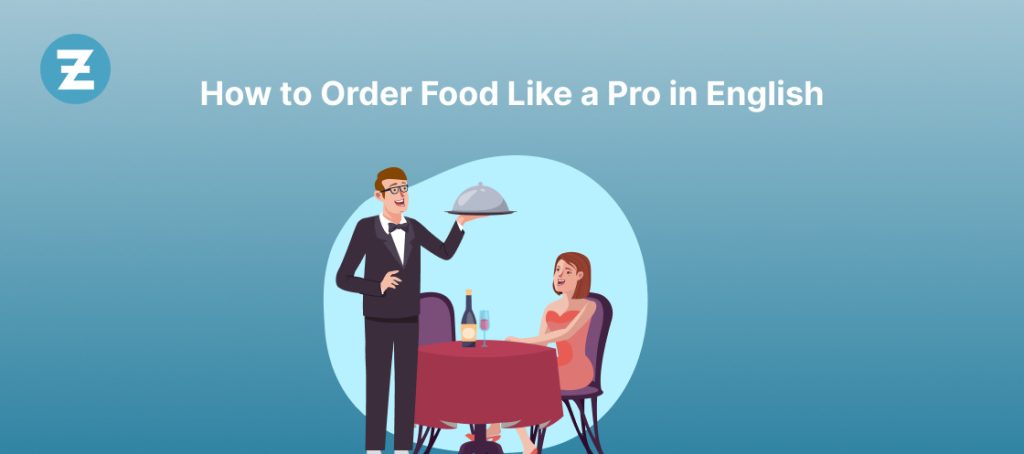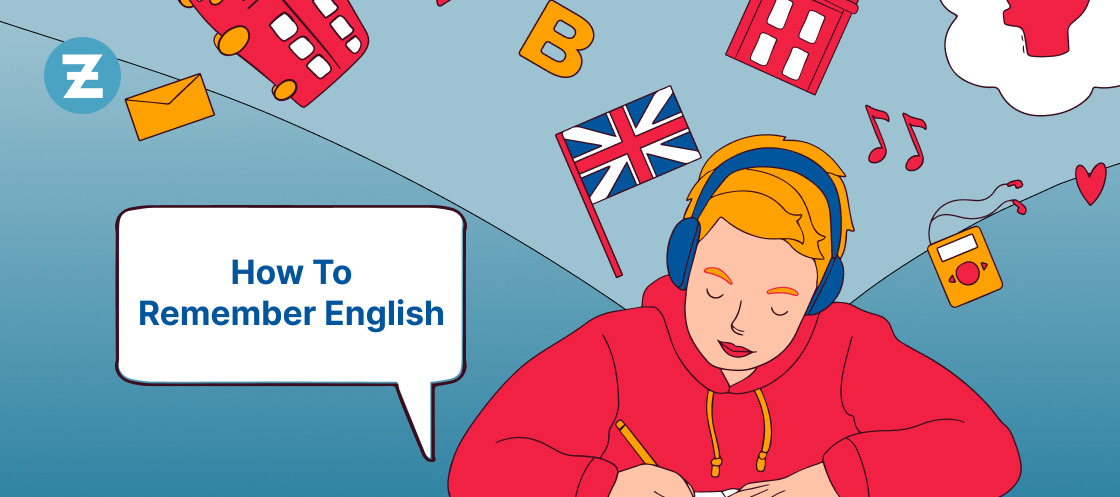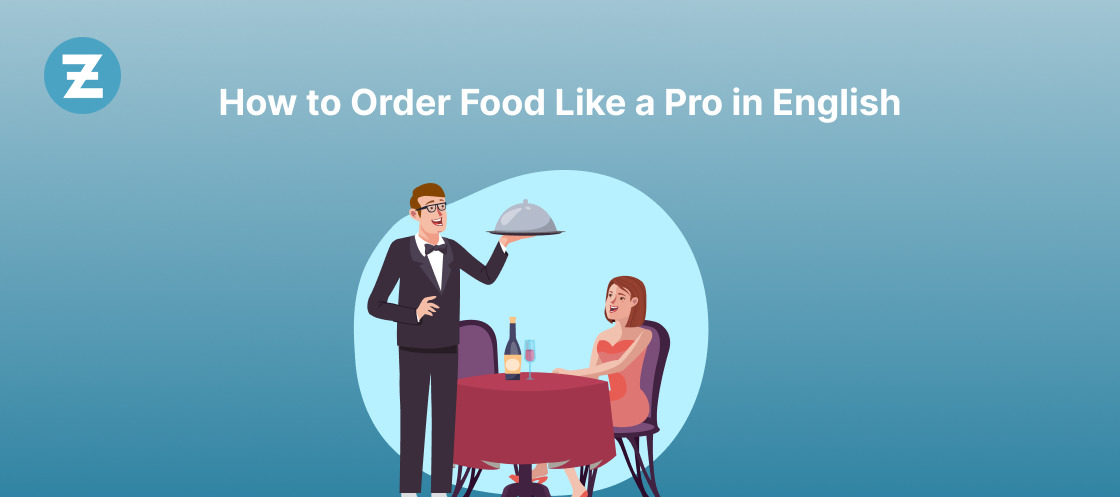When one is ordering food in a restaurant, it may be such a scary task, especially when still learning English. The thought of getting to ask questions, state your preferences, and understand the menu may seem overwhelming. However, you can order food with ease and impress the waitstaff by using proper techniques and strategies to improve your communication skills.
We will give you tips on ordering foods like a pro in English. This section will cover several aspects, including mastering basic food vocabulary and using polite phrases while addressing wait staff in restaurants. In sum, if you heed our advice and engage in role-playing situations, you will become more confident and ready for your next visit to any eating place.
Familiarizing Yourself with Menu Terminology
If you want to communicate effectively with waiters in restaurants, it is important that you understand the meaning of words on menus. You can make better decisions and state your preferences if you know these common food descriptors and menu phrases.
- Appetizer – An appetizing little meal or snack is served before the main dish as a way for the host to introduce a larger course.
- Entree – In a meal, the main dish is usually meat, fish, or vegetables.
- Side dish – This is a small item that is taken with the main course meal.
- Dessert – A dish taken at the end of a meal that is sweetened.
- Beverage – What people drink at meals is water, soda, and alcohol.
- Specials – These are items not normally found on regular menus but made with seasonal or locally-provided ingredients.
Some other words that may be found on the menu are a meal suggested by the cook; and “prix fixe,” meaning a fixed-price meal with many courses. Knowing these menu terms will help you feel assured when making an order and make your dining experience more pleasant.
Read also: Differences between Standard English and Advanced English
Mastering Basic Food Vocabulary
In English, it is important to enhance your food vocabulary so that you can effectively order food. We will offer you an inventory of crucial phrases and words related to food so that you can accurately tell the waiter exactly what you want. Be prepared to upgrade your level of English and feel comfortable when making an order at the restaurant.
- Appetizers – Mozzarella sticks, Buffalo wings, loaded nachos, spinach and artichoke dip, fried calamari
- Main courses – Steak, Chicken Alfredo, Grilled Salmon, Lobster Tail, Beef Burger
- Side dishes – Mashed potatoes, French fries, coleslaw, roasted vegetables, and sweet potato fries
- Beverages – Soda, beer, wine, iced tea, and lemonade
- Desserts – Chocolate cake, cheesecake, ice cream, apple pie, brownie sundae
Apart from these food categories, you should also know other significant words related to food, such as spicy, creamy, medium rare, well done, rare, vegetarian, vegan, gluten-free, and lactose-intolerant. Nevertheless, do not forget to ask about the cooking of a dish or its ingredients in relation to allergies or dietary needs.
When you are able to learn this elementary food vocabulary, you will be more at ease while ordering food, like an expert in English.
Using Polite Phrases and Requests
Eating at restaurants requires one to use polite phrases and requests while making the waitstaff serve you better. Above all, do not fail to recall “please” and “thank you.” It may sound insignificant, but it goes a long way in helping you make a good impression.
The following are some of the key polite phrases and requests to use when ordering food:
- “Excuse me” – Used to grab attention or get assistance from waitstaff
- “Could you please?” – Used before making a request to be more polite
- “I would like” – Used to express your preference clearly
- “May I have?” – Commonly used when requesting additional items or changes to your order
- “Is it possible to?” – Used for requests that may require additional information or action
Remember to always be courteous, even if you encounter a misunderstanding or issue with your order. Using polite language will help resolve the situation faster and more efficiently.
How to Deal with a Special Diet
While catering to all the diverse dietary requirements of their clientele, restaurants thrive on creating an enjoyable dining experience. For a successful meal, you need to be able to effectively communicate your dietary restrictions and preferences. The following are guidelines that can help you deal with special diets:
If you have severe food allergies or are on a strict diet, tell the waiter when you reserve your seat or immediately after taking your position.
When placing your order, let them know what you need and inquire from them about dishes that can go well with your dietary needs.
Make sure to confirm that the foods you have ordered do not contain any allergens or substances that you are allergic to. It’s better to be safe than sorry.
In America, most restaurants will offer plant-based options such as salads, stir-fried dishes, and sandwiches for vegans and vegetarians. Do not hesitate to ask for something tailored for you based on your food choices.
Common Allergens in Cuisines
This includes the following: It is important to know some of the commonly used food allergens, such as:
- Allergens – Common Foods That Contain the Allergens
- Nuts – Pastries, sweet courses, gravies, Asian meals, and vegetables
- Seafood – Bisque, casserole, spaghetti, meatballs, and seafood entrees
- Dairy – Cheese, chowders, hollandaise, and sweets
Always ask the waiter about the ingredients used in cooking and if there are any allergies or allergic substances.
This will enable the restaurants to offer a good time as well as pleasurable eating experiences when you communicate what you want in relation to your diet. Do not hesitate to ask questions or make requests where necessary.
Dealing with Challenges and Misunderstandings
Despite the best preparation, ordering food in English often leads to challenges and misunderstandings. However, you can always overcome such difficulties using some strategies.
Resolving Misunderstandings
Don’t fret if the waiters do not agree with what you are saying. Politely express yourself again, but differently if need be. You can also ask them to say it a second time or acknowledge your request when you are not sure whether the waiters understood.
“I apologize if my communication wasn’t clear. Can you please verify my order?”
Remember to stay calm and polite, because this will help to solve the problem.
Dealing with hard waitstaff
The staff may seem difficult occasionally, but never let this bring you down. Be polite and clearly state your needs or preferences when they are not being met. Lastly, you can request to see the manager.
“Sorry for disturbing you. Uhmm, I think my order is not correct. Please, can you help me solve this or could I talk to the manager?”
Handling special circumstances
If possible, the server should be notified of any dietary restrictions or allergies. If you notice that there isn’t a suitable meal on the menu, ask for advice or adjustments that can be made to an existing dish.
Staying Positive
Remember to stay positive and polite throughout the entire encounter in order for it to turn out to be a success. The waitstaff will not only be grateful but also maintain a positive impression of your pleasant attitude in case some unpleasant moments occur while dining.
Read also: How to Ask for and Give Directions in English
Practicing Role-Play Scenarios
Doing simulations is a good way to build up your vocabulary and confidence in ordering food in English. This can be done by practicing role-play scenarios that will make you feel at ease with speaking English, especially when it comes to ordering food. You can try these:
SCENARIO 1: Ordering at a Cafe
It is as if you are in a café with your friend. Practice ordering your drinks and food, asking for changes or replacements where necessary. Do not be shy about engaging the barista or the waiter in some small talk so that it becomes a real conversation.
SCENARIO 2: Ordering Delivery
This is something that happens often; therefore, people should be at ease while talking during these moments. Practice calling a restaurant to place your order; give them your location details and any special requests you might have. Be sure to speak slowly and clearly enough for the restaurant worker to hear you.
SCENARIO 3: Dealing with a Mistake
Sometimes mistakes happen with food orders. Practice speaking politely with the waiter or restaurant employee, explaining what went wrong, and asking for a solution or correction. The idea here is to stay calm and polite in order to get good results.
To become more prepared for handling real-life situations and to be more confident in your English speaking, you must try different roles by using role-play scenarios. If you keep on practicing regularly, ordering food in English will soon become a walkover for you!
Conclusion
You’re now ready to confidently order food in any restaurant, understanding dining culture and menu nuances. Politeness, expressed through “please” and “thank you,” will enhance your interactions. To further improve English, try the language learning app, ZoundsLike – download it now for an immersive experience. Emphasize dietary preferences, practice with role-play scenarios, and anticipate smooth and enjoyable dining experiences in your future.
FAQs
Q1.Why is it important to understand restaurant culture?
Understanding restaurant culture is vital, as it allows you to navigate dining experiences with ease and confidence. This section explores the etiquette and dining norms commonly observed in restaurants, ensuring a seamless and enjoyable dining experience.
Q2.How can I familiarize myself with menu terminology?
Familiarizing yourself with menu terminology is essential for effective communication when ordering food. This section provides a comprehensive guide to common food descriptions and menu terms used in restaurants, empowering you to make informed choices and express your preferences clearly.
Q3.How can I use polite phrases and requests when ordering food?
Politeness plays a significant role when interacting with waitstaff. In this section, you’ll find essential polite phrases and useful requests that will help you navigate conversations with waitstaff smoothly. By incorporating these phrases, you’ll create a positive impression and receive the best service possible.
Q4.What should I do if I have special dietary requirements?
If you have special dietary requirements, restaurants are usually accommodating. This section provides guidance on effectively communicating your dietary restrictions and preferences. It also explores common vegetarian options and offers tips on navigating potential food allergies and intolerances for a pleasant dining experience.
Q5.How can I practice ordering food in English?
Practice makes perfect! In this section, we suggest various role-play scenarios to help you practice ordering food in English. By simulating real-life situations, you’ll gain confidence in your language skills and be well-prepared for your next dining experience.









